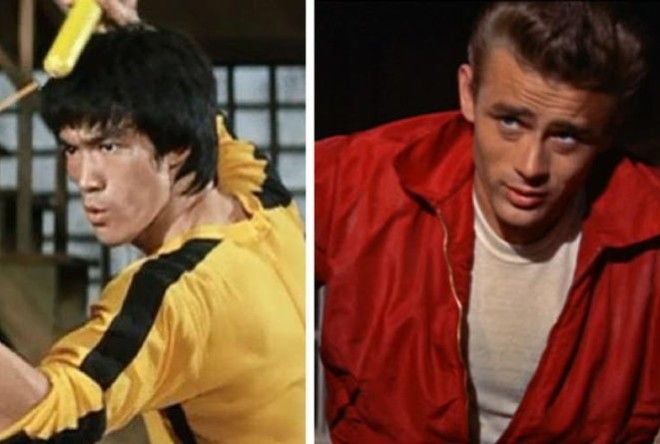Perhaps it isn’t all that shocking when we stop and consider how it is people process death. Even world-famous mega stars like Michael Jackson, Prince, and David Bowie experienced huge surges in record sales once fans learned they were no longer with us, despite the fact virtually everyone already bought their albums the first time around when they were still of the living. When people learn they missed out on some great artist their whole life, sometimes, death is the impetus that leads to them finally checking out the person’s work.
Of course, this trend isn’t exactly confined to the music industry exclusively, nor were all of the entertainers we’re about to discuss entirely unknown in their day. Small-time movie stars become box office hits, painters who struggled to sell a single work are now recognized as the best artists of their day, and some writers simply weren’t comfortable sharing their work. Several of these showmen may have intentionally kept a low profile as a rejection of fame, with their families later sharing the work that made them famous. For all the specifics, keep reading to learn about 15 entertainers who became way more famous after they died.
15. Nick Drake: An Artist Loved By Artists
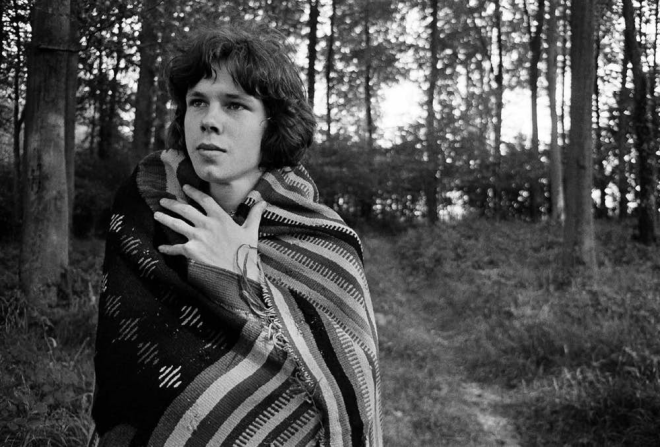
Despite his low profile at the time, Nick Drake has since earned recognition as one of the greatest folk musicians of the ’60s and ’70s, his only three albums are all considered to be bona fide classics of the genre. Unfortunately, due to crippling shyness and a reluctance to perform live meant no one really knew about Drake when he was alive, and none of his albums sold more than 5,000 copies in his lifetime. His dreams of stardom shattered. Drake fell into an incredible deep depression ultimately culminating with his suicide in 1974. Slowly but surely, the music world started taking notice, with British luminaries like Robert Smith of The Cure and Peter Buck of R.E.M. singing his praises and gradually increasing Drake’s profile. Finally, a TV commercial for Volkswagen airing in 1999 introduced millions of fans to his song “Pink Moon.” Once people actually heard Drake’s music, they bought in droves, with reports indicating he’s now sold over 2 million albums.
14. Jonathan Larson: The Writer Who Gave Us Rent
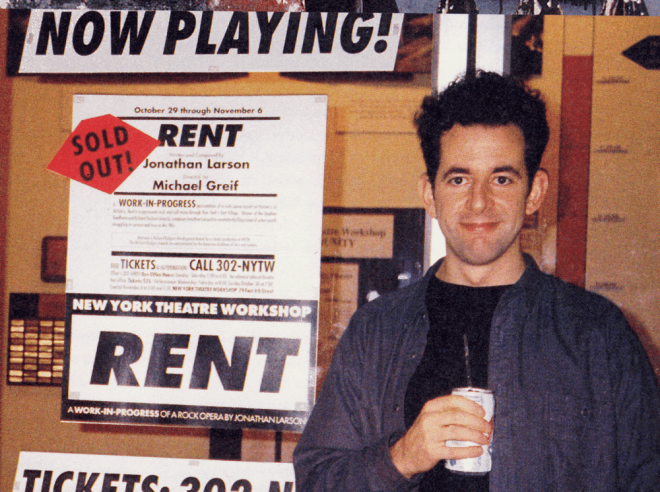
Unless one happens to be a fan of Broadway theater, they probably wouldn’t recognize the name Jonathan Larson. Even so, one doesn’t need to know anything about the stage and what happens on it to have heard of Larson’s magnum opus, arguably the most popular musical of the modern era: Rent. Detailing the lives of inner-city artists struggling through New York City at the height of the AIDS panic, Rent resonated with millions of fans around the world, whether they liked musical theater or not. Like most great plays, though, Rent wasn’t exactly written overnight, instead, painstakingly perfected over a three-year period of tweaks, rewrites, and workshops. It finally made it to Broadway in 1996, which happened to be four months after Larson suddenly died due to an aortic dissection. In fact, he died the very morning Rent made it’s official off-Broadway premiere, never getting to experience his masterpiece in its final form. Nonetheless, Larson’s legacy greatly benefited from his achievement, leading to a Pulitzer Price and a boatload of Tony awards, not to mention millions of dollars for his estate.
13. Stieg Larsson: The Mind Behind The Girl With The Dragon Tattoo
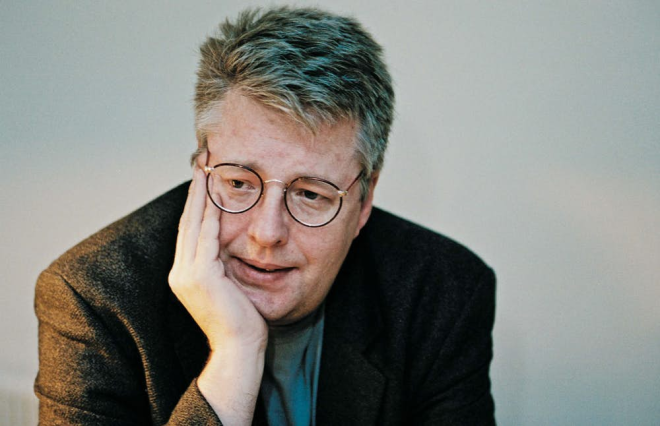
The man who later came to fame for writing The Girl With the Dragon Tattoo and its various sequels had been a writer most of his life, though the vast majority of Stieg Larsson’s work had nothing to do with crime drama. As a child, Larsson was a huge fan of sci-fi and wrote about the subject in various fanzines, though they rarely achieved any more than local recognition. He also spent many years working in political activism, researching the dangers of right-wing extremism and racism. Some time in the late ’90s, he decided to give politics a back seat so he could start writing his magnum opus. Larsson’s original plan was to write 10 full novels and send them to publishers as a series, but he only got through the first three before suddenly dying of a heart attack in 2004. The Girl With the Dragon Tattoo was discovered and released soon after, turning into a Hollywood blockbuster seven years later and making over $200 million. Even before then, his books were incredible sellers, making Larsson a massive literary star, albeit too late for him to enjoy it.
12. Emily Dickinson: Most Popular Name In Poetry
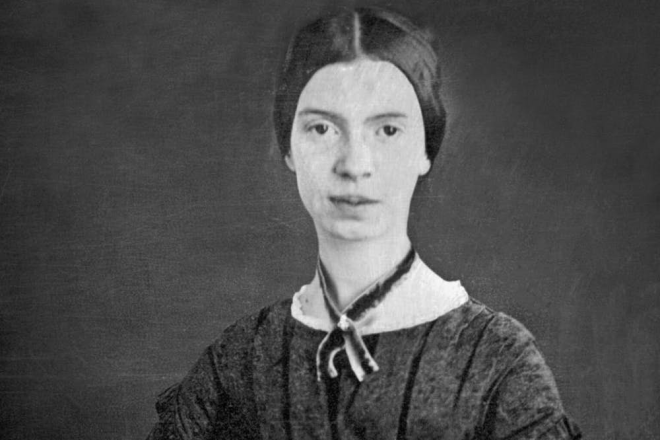
Now considered perhaps the greatest American poet of all time, were it up to Emily Dickinson, people still wouldn’t have any idea who she was. Extremely shy and reclusive throughout her life, Dickinson was openly against the idea of having any of her hundreds of poems published, only ever finding the courage to show less than a dozen of them to friends and family. When these poems got away from her and somehow hit the presses, they were heavily edited and brought little attention to the woman who wrote them. So averse to fame was Dickinson that she actually asked her sister to burn everything she had ever written after her death, but Lavinia Dickinson did as little sisters do and instead did the exact opposite of this request when that time actually came. First, she shared the poems with a number of Emily’s living friends, who compiled and organized them in a way suited for mass publication. Over time, her legend grew and grew, to a point where she’s now a household name even to people who don’t “get” poetry.
11. Robert Johnson: Was Too Good To Be True
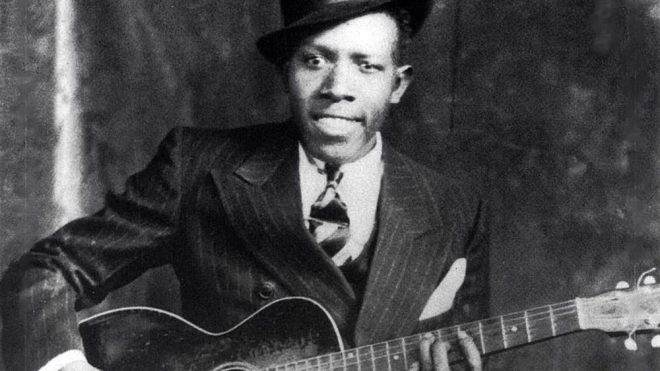
Rock and roll mythology has long stated that an unknown blues guitarist named Robert Johnson sold his soul to the devil in exchange for a mastery of his instrument. Were that the case, Johnson probably should have made sure the contract included a clause about people actually listening to the results. Considering he lived in the 1930s, it’s not like Johnson could have made any music videos or promoted his songs on YouTube, but he barely even got to play on the relatively hip medium that was radio. Mostly playing shows in small clubs to audiences in the double digits at best, Johnson only even recorded about 30 songs before a mysterious death at the age of 27. Almost a full lifetime later (to someone who lived as fast and died as young as him), John suddenly earned international acclaim upon the release of King of the Delta Blues, a compilation album that went on to inspire Eric Clapton, Bob Dylan, Robert Plant, and hundreds of other musicians around the world. Each time a new blues singer records one of his old songs, that fame increases ever so slightly, and the devil has nothing to do with it.
10. Bruce Lee: The Most Famous Martial Artist
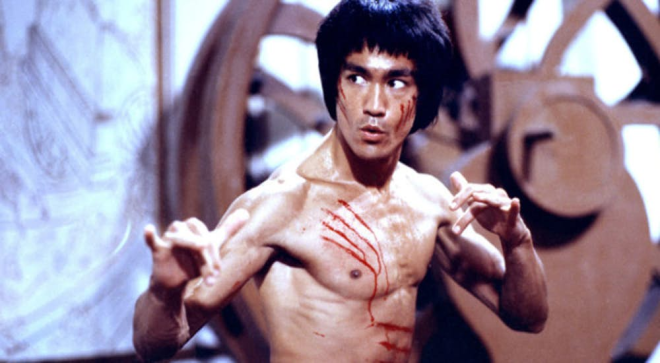
Unlike most people on this list, Bruce Lee was actually plenty famous before he died. Appearances in a number of American TV shows, most notably The Green Hornet, made him a moderate star in the States, and he had been acting in Chinese films literally since he was a baby, making him a very familiar face to audiences in his family’s native country. Lee was also, of course, recognized world over for his legitimate skills as a martial artist, with some industry experts calling him the best of all time to this day. All that said, none of Lee’s earlier successes compared to the outrageous amounts of money earned by his final film, Enter the Dragon. Typically, his movies could make anywhere from $2 to $5 million, which sounds like a whole lot to us regular folk, but in Hollywood terms, this was average, at best. On the other hand, Dragon earned in the neighborhood of $200 million, obviously a sign it was far more popular and successful than anything else he ever made. This is despite the fact Lee died six days before the movie was released, meaning he personally never saw a dime of it.
9. Eva Cassidy: A Jazz Legend
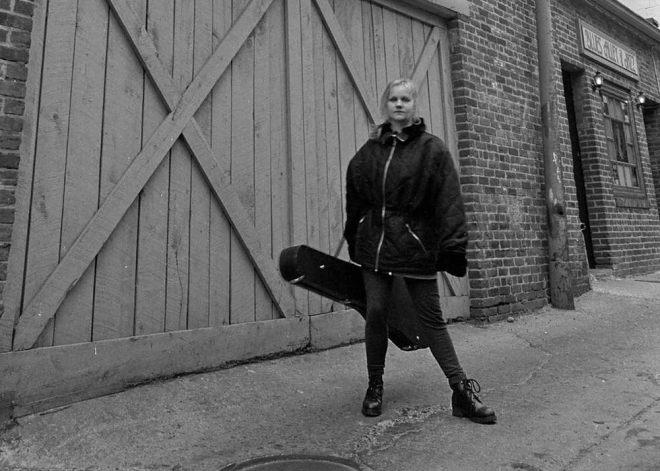
Given the type of music she recorded, Eva Cassidy was probably well aware she wasn’t going to become the latest pop sensation when her career began. Singing old jazz tunes with a funky edge, Cassidy only released one studio album in her life time, The Other Side, which featured her boomingly beautiful voice over the musical stylings of go-go legend Chuck Brown. While critically acclaimed to the extent, Cassidy won a number of local awards for her performance, the album produced no hit songs, nor did she appear to tour anywhere outside of her native Washington, DC. Three years later, she released a follow up called Live at Blues Alley, likewise featuring heartfelt jazz songs that didn’t draw the attention of her contemporaries. Cassidy succumbed to a long battle with cancer that same year, seemingly putting an end to her modest story as a performer. Out of nowhere, some four years later, a British DJ named Terry Wogan started playing her songs on his popular show, and suddenly, all of the UK wanted to hear the deceased performer sing. In 2001, a compilation of her work called Songbird even hit number one on the charts.
8. Philip K. Dick: The Man Behind Blade Runner
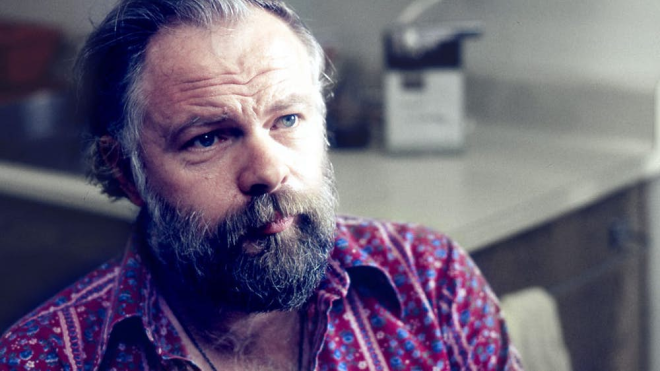
Let’s face it — no matter how popular a given book becomes in the modern era, said popularity has potential to explode should Hollywood decide to make a movie about it. To hardcore fans of science fiction, Philip K. Dick was a name worthy of their attention since 1963, when he won the Hugo Award for his disturbing alternative history novel The Man in the High Castle. Future titles like Do Androids Dream of Electric Sleep?, Minority Report, and Total Recall all earned that same acclaim, but anyone who avoided bookstores or even just the sci-fi section probably never thought twice about the guy. Until 1982, that is, when Do Androids Dream of Electric Sleep? turned into a major motion picture blockbuster called Blade Runner. Those other novels were later turned into either films or TV series, as well, all earning millions and millions more than Dick ever did in his lifetime. In fact, he didn’t even get to see Blade Runner, having died three months before it was released.
7. Ed Wood: The Worst Movie Director
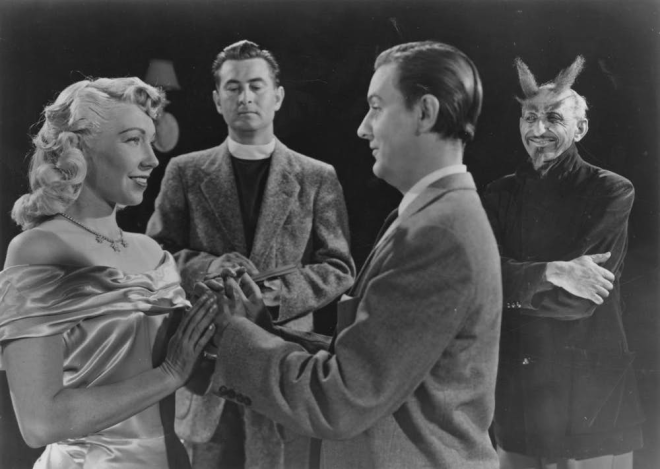
Eat your heart out, Tommy Wiseau. For all the attention modern day “bad movie” fans give to The Room and the failures showcased on Mystery Science Theater 3000, no other talentless director created nearly as much crap as the infamously legendary Edward D. Wood, Jr. Throughout his lifetime, Wood produced dozens of pictures, each worse than the last and none earning a dime at the box office. What they did earn was acclaim as the worst movies ever made, most notably Plan 9 From Outer Space, which is, to this day, considered one of the most inept stories ever committed to film. However, it wasn’t until fairly recently that people admitted or acknowledged they were actually fans of bad movies. Practically anybody who knew about Wood during his lifetime thought he was a laughingstock not worth their time. Granted, the part about his movies being laughable has hardly changed over time, but the idea that bad movies should be immediately discarded has. In 1994, 16 years after Wood died, Tim Burton and Johnny Depp even made a movie celebrating him and his awful movies, bringing him an immensely higher profile than anything he actually created for himself.
6. Paul Gauguin: Influenced Pablo Picasso
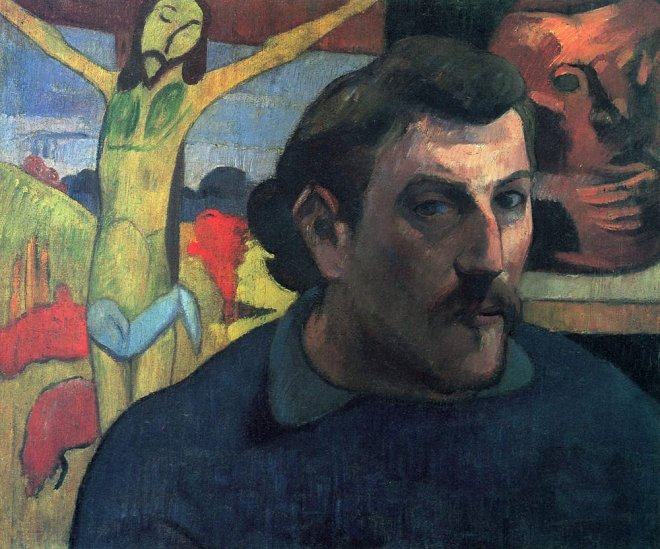
Out of all the forms of art that exist, the literal variety — painting, sculpting, drawing, etc.— seems to be the most subjective. Opinions can change harshly over time, to the extent most modern art movements are more about trying new things and experimentation of different mediums than the actual images that get created. This may well have been just as true over 100 years ago, the caveat being that simply using bold colors and presenting the human body in a uniquely inhuman way were too shocking for most critics to handle. For this reason, works by Paul Gauguin were largely ignored during his day. His paintings were such weak sellers that he spent much of life on the brink of bankruptcy. Gauguin did have at least one fan, though, in the legendary artist Pablo Picasso, who cited the post-Impressionist as one of his key influences. Unfortunately, Picasso himself didn’t come to fame until after Gauguin had passed, meaning his student’s rub did nothing to bolster his lackluster non-fortune.
5. Franz Kafka: A Neorealist Genius
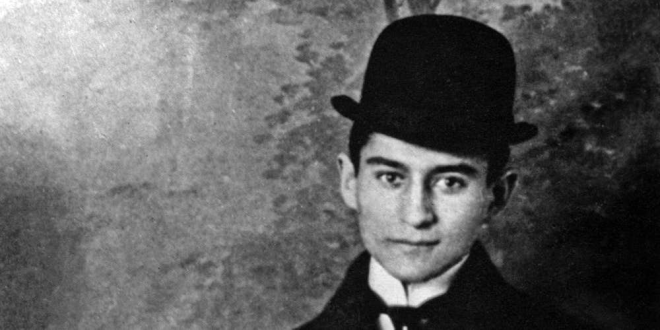
Not every artist out there creates with the intention of sharing their work with the public. Similar to Emily Dickinson, Franz Kafka would likely roll over in his grave if he knew how much attention was given to his novels, from The Metamorphosis to The Trialto any other landmark neorealist masterpiece he was responsible for. Exactly like the doomed poet, Kafka actually instructed his friends and loved ones to burn everything he had written upon his death, a practice the man himself allegedly followed to destroy some 90 per cent of his own creative output. Because last requests mean nothing to some people, instead of listening to Kafka, his friends first read the books themselves and later decided they needed to be published and shared with the entire world. Dying at age 40 due to tuberculosis, Kafka could do nothing to stop them, nor could he change the fact his books would influence countless writers and entertainers for decades to come.
4. Vincent Van Gogh: Bad Reputation
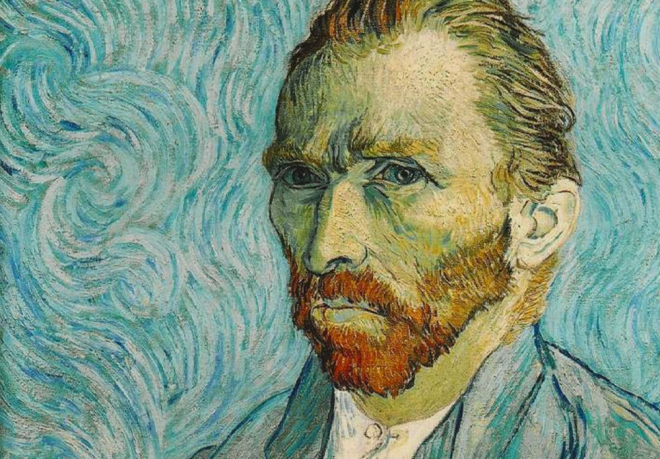
There’s a great debate these days about separating an artist from his or her medium, and whether or not the public at large can appreciate what they create if it turns out they were, well, kind of an ass. Turns out this debate has been going on forever, with the only change being that people were even less forgiving about the idea in the past. Considering next to nothing was known about mental illness in the late 19th century, this was the reputation suffered by Vincent van Gogh, now acknowledged as one of the greatest painters of all time. Unfortunately, due to his severe mental instability, few people were willing to talk or deal with van Gogh while he was alive, let alone interact with him long enough to buy one of his now legendary paintings. It also didn’t help that news couldn’t travel fast in this era, and van Gogh’s greatest works were mostly made within a year or two of his suicide, making it extremely hard for anyone except those close to him to learn about what he was doing until it was too late for him to benefit from the fame his work brought him.
3. Jane Austen: An Anonymous Feminist
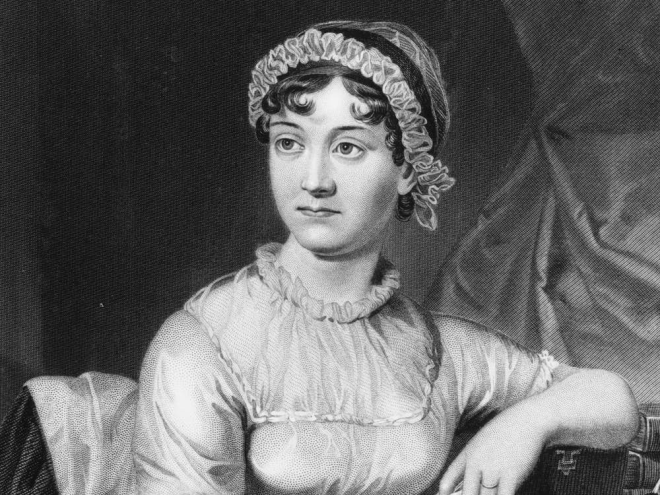
Nowadays, it’s almost unthinkable for an author of a book to sell more than a million copies anonymously. In the age of the Internet, where everyone is an armchair investigative journalist, someone is bound to eventually find out and bring the author wanted or unwanted fame. This couldn’t happen back in the 1800s, though, when Jane Austen anonymously published Sense and Sensibility, Pride and Prejudice, and a number of other novels that have since earned her acclaim as a feminist icon. The truth started to reveal itself near the end of Austen’s life, when second editions of her books remained incredibly high sellers amongst high-class British aristocrats, but given the time frame, news didn’t travel fast enough for her to become a global success. Well, at least it couldn’t travel faster than Addison’s disease, anyway, which gradually took her life in the decade after she wrote her classics. Austen’s popularity has only continued exploding centuries later, when Hollywood interpreted her books and brought her an audience that couldn’t even be imagined in her day.
2. John Kennedy Toole: A Satirical Masterpiece
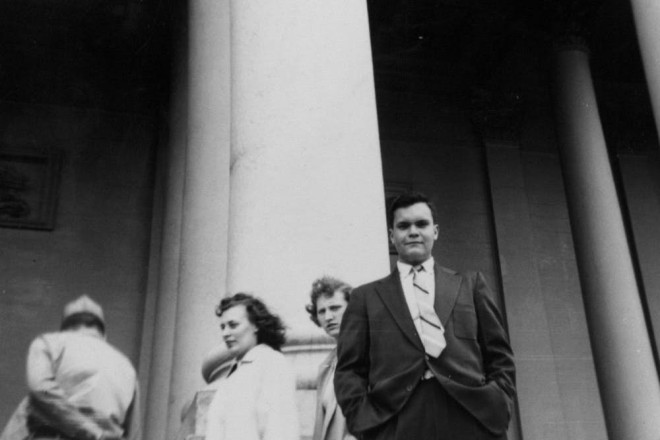
While most people are probably aware, getting a novel published isn’t exactly easy. They probably don’t know the half of it unless they tried doing so themselves. John Kennedy Toole learned this the hard way when trying to sell A Confederacy of Dunces, his landmark novel which eventually earned praise as one of the best and funniest satires ever written. Toole’s opus got rejected so many times, he eventually started to believe it was awful, and believed he was a failure as an artist and entertainer, leading to an immense depression that resulted in his early suicide at the age of 31 in 1969. In an effort to keep her son’s legacy alive, or perhaps just because she knew it was a really good book, Toole’s mother didn’t give up on having Dunces published, showing it to whoever would read it long after his death. Finally, in 1980, a novelist named Walker Percy liked what he saw and went out on a limb, bringing the tome to print. A Confederacy of Dunces won the Pulitzer Prize for fiction the very next year, and is still remembered as a landmark novel all fans of literature obsessively study.
1. James Dean: A Generation Icon
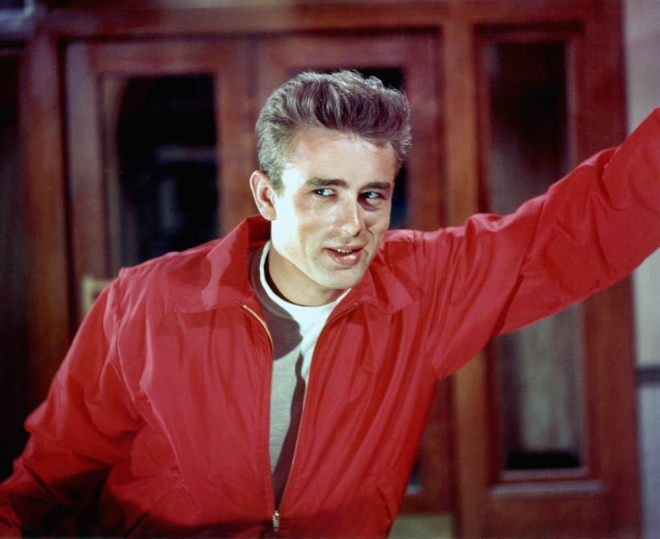
Given how outrageously iconic James Dean has become, modern-day fans might be shocked to learn his first film was released a mere six months prior to his early death at the age of 24. Not only that, but the film, East of Eden was easily the least popular or successful of the only three movies he would star in in his lifetime. The other two, Giant and the iconic Rebel Without a Cause, weren’t released until after Dean had already driven himself to an early grave at breakneck speeds. Dean was moderately famous while still alive, both due to East of Eden, a handful of commercials he appeared in, and his natural good looks, but that in no way compared to what he became immediately after Rebel hit the national consciousness. Thanks entirely to his performance in that film, Dean has come to represent an entire generation as they rallied against the establishment, serving as a champion for any disadvantaged teenager who thinks his or her parents just don’t understand. Both films released after his death also earned Dean nominations for Academy Awards, an honor he never received while still of the living.
